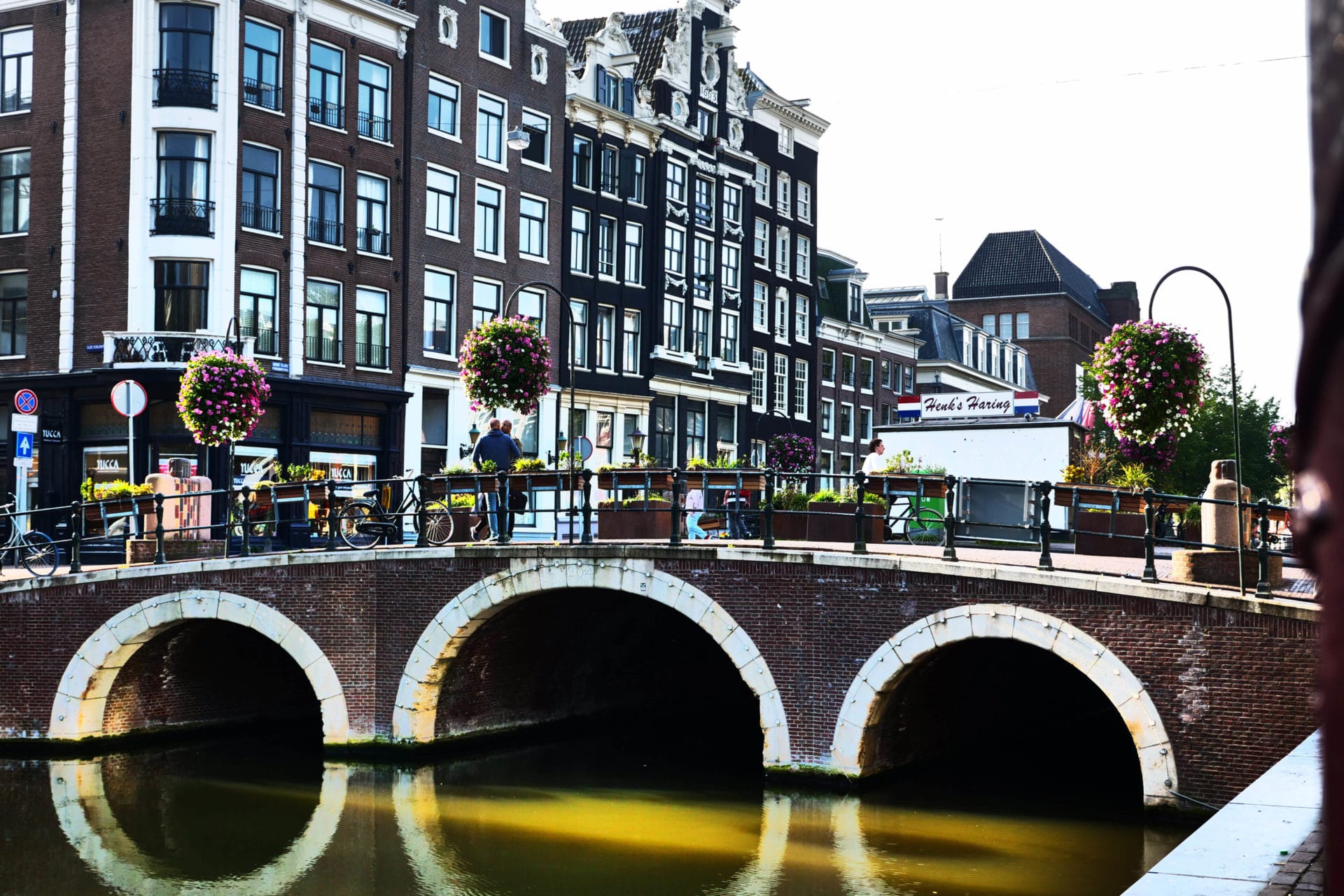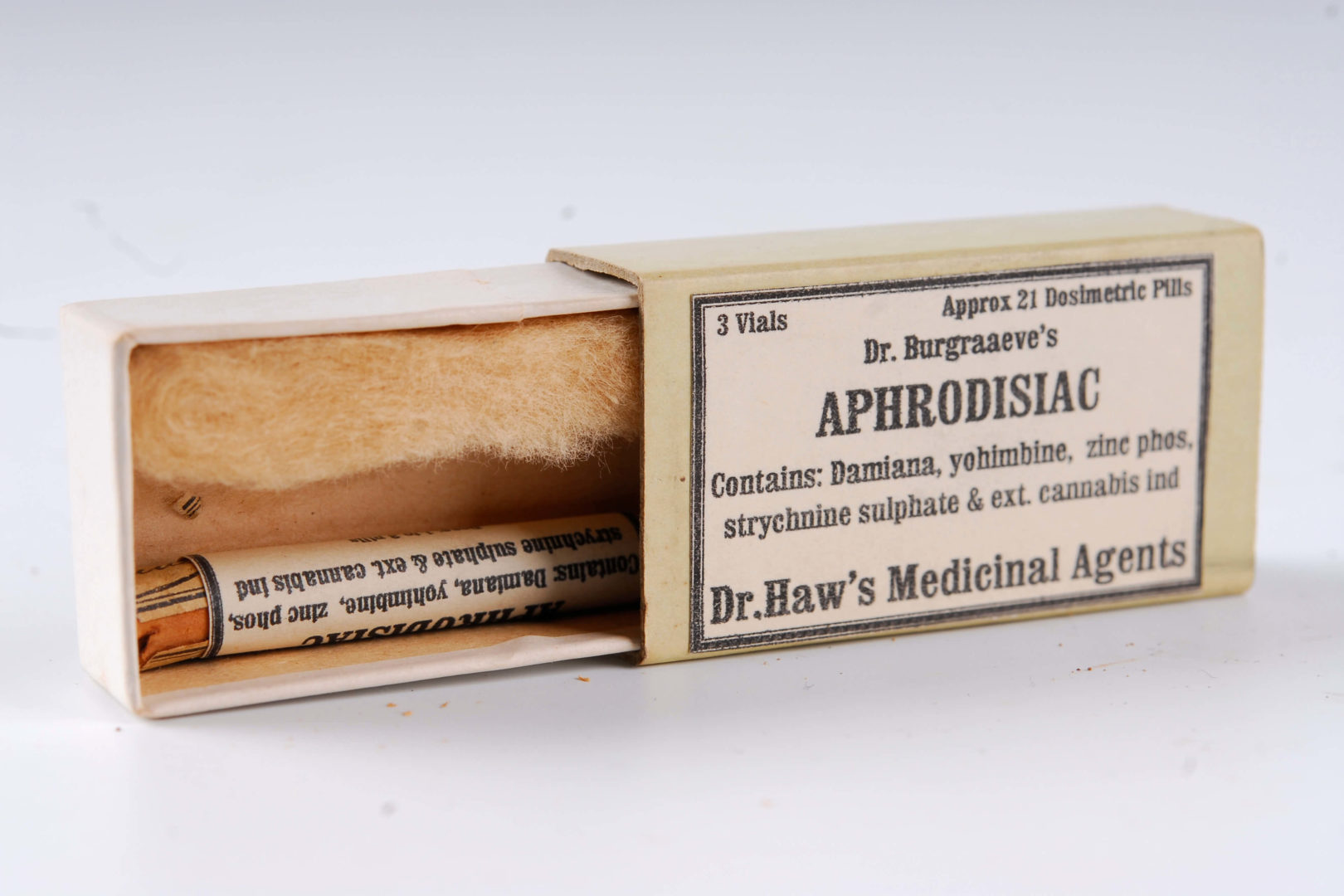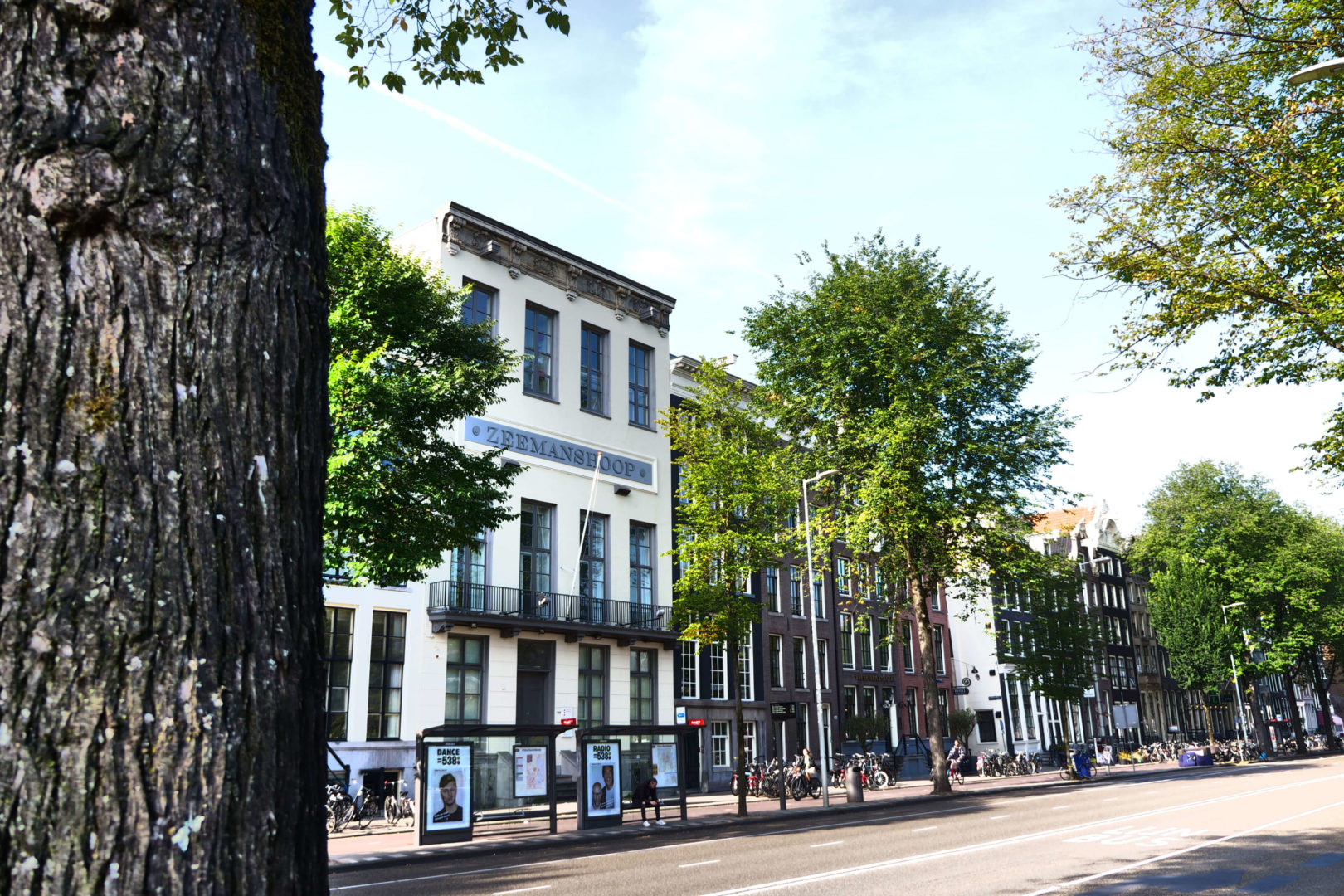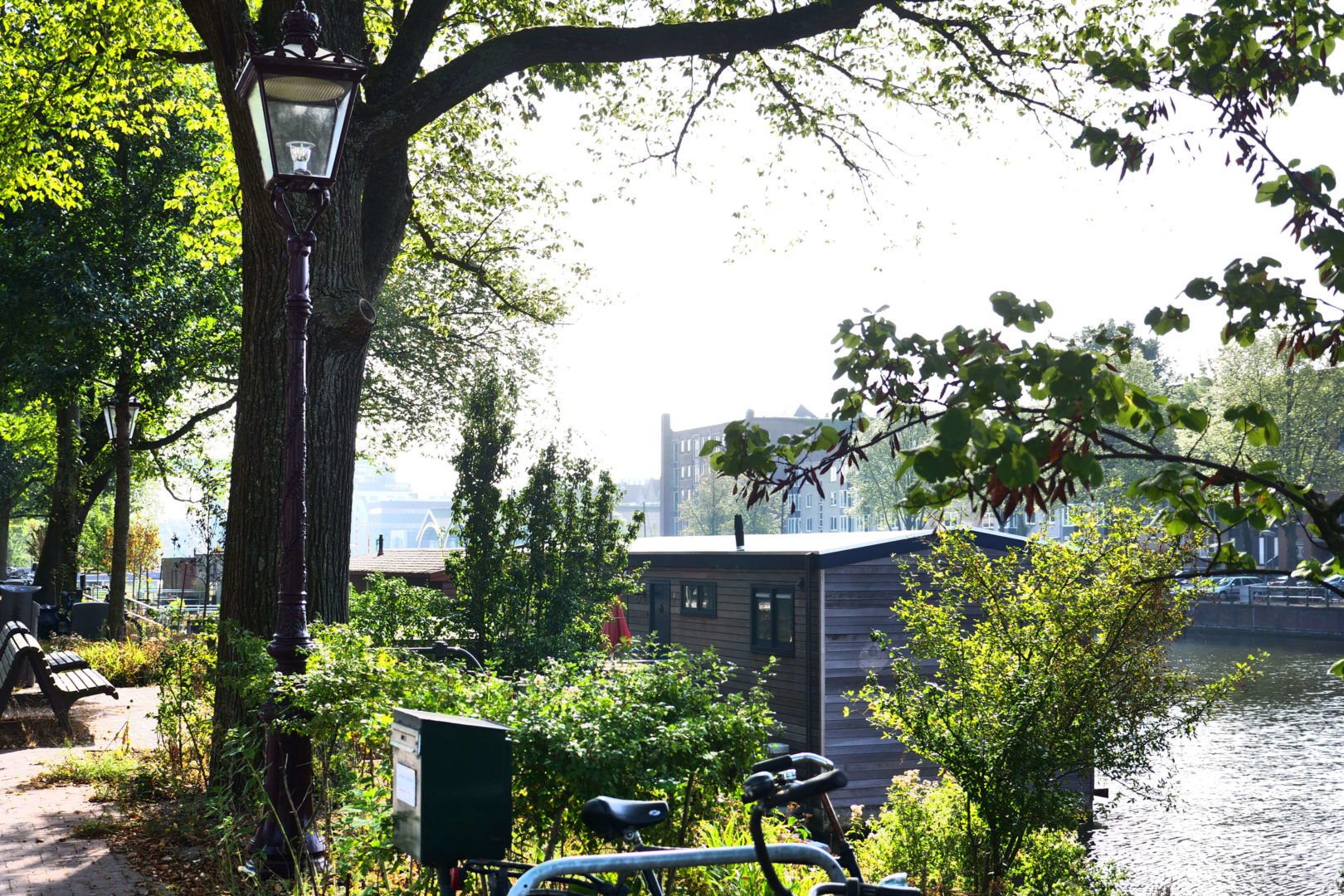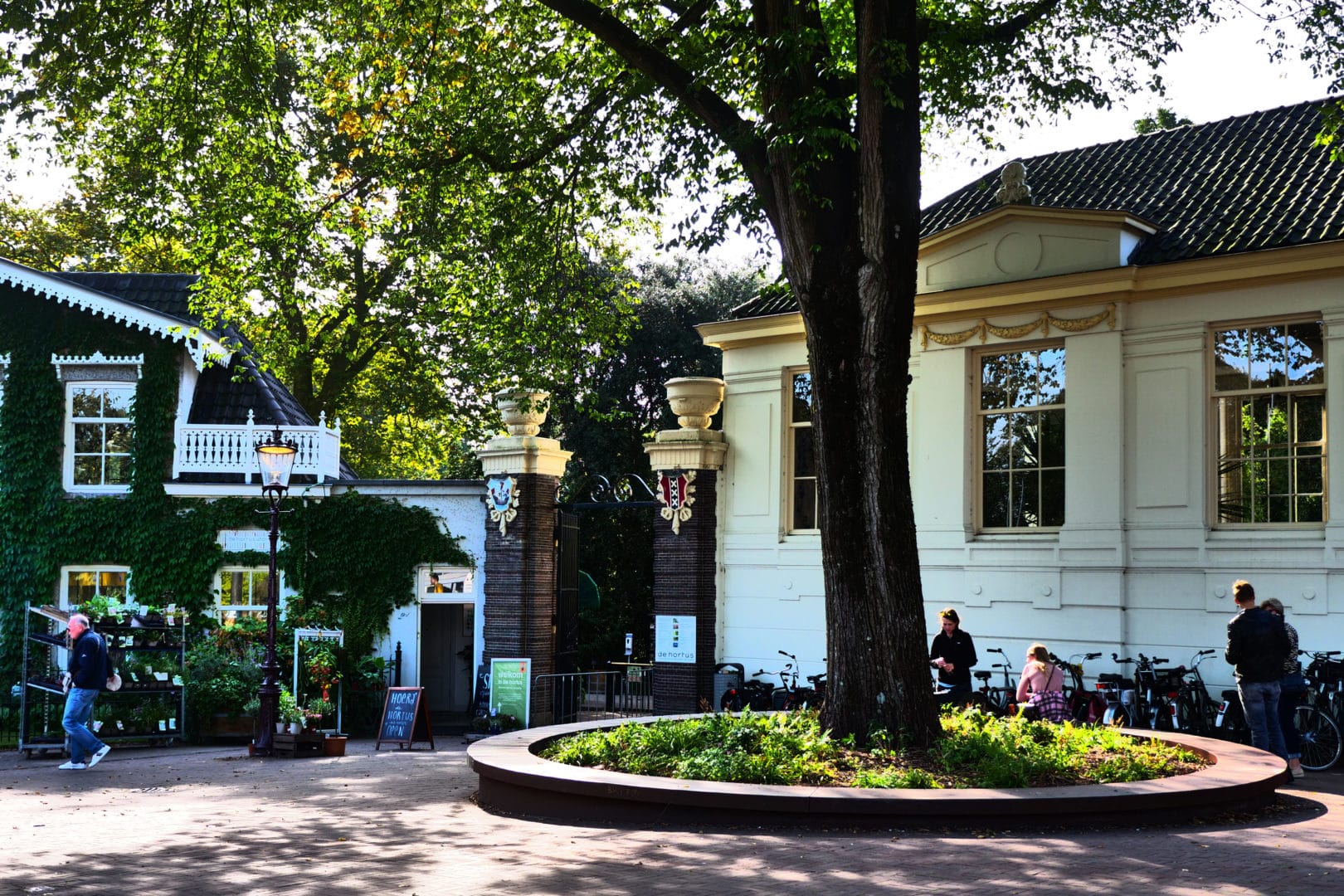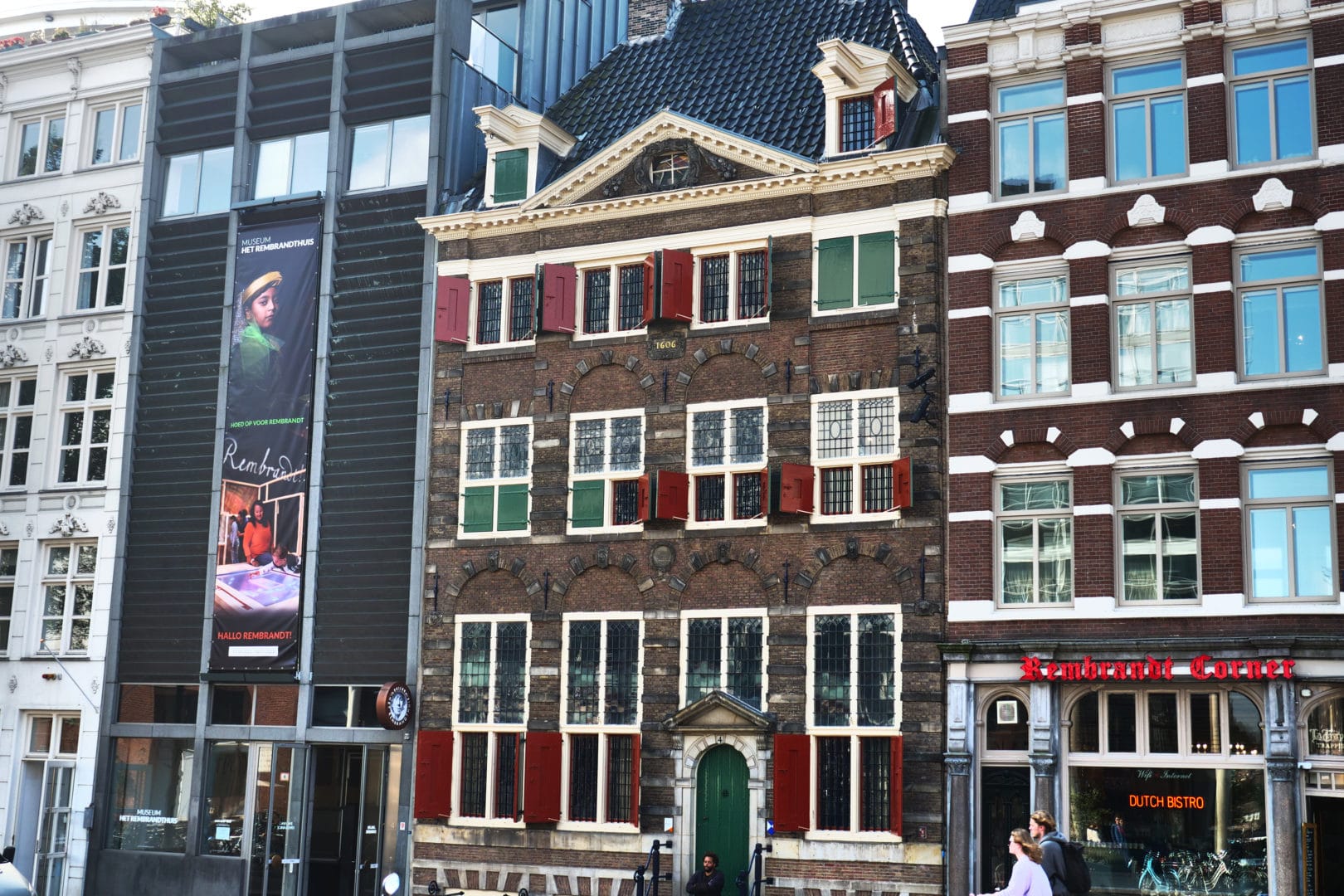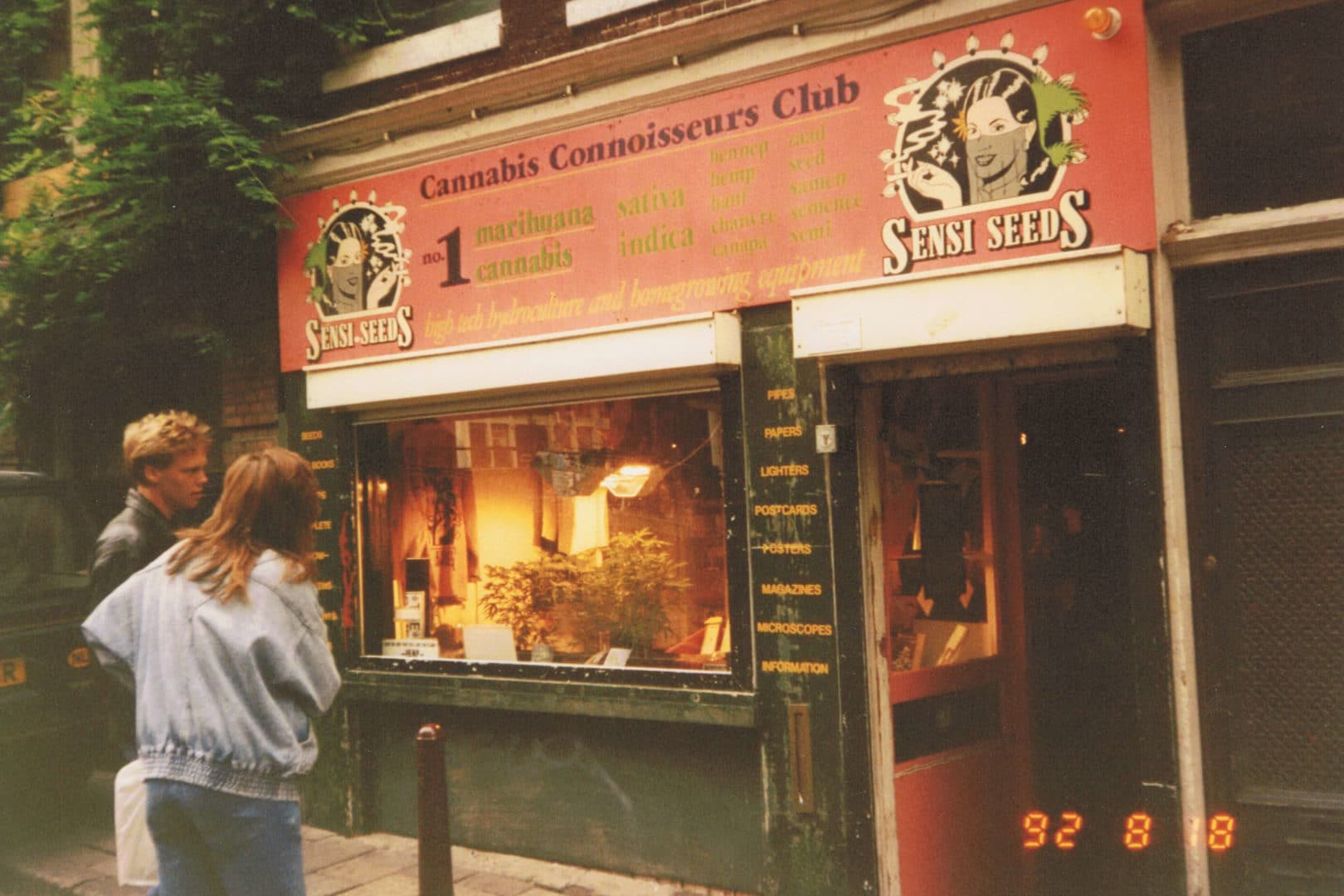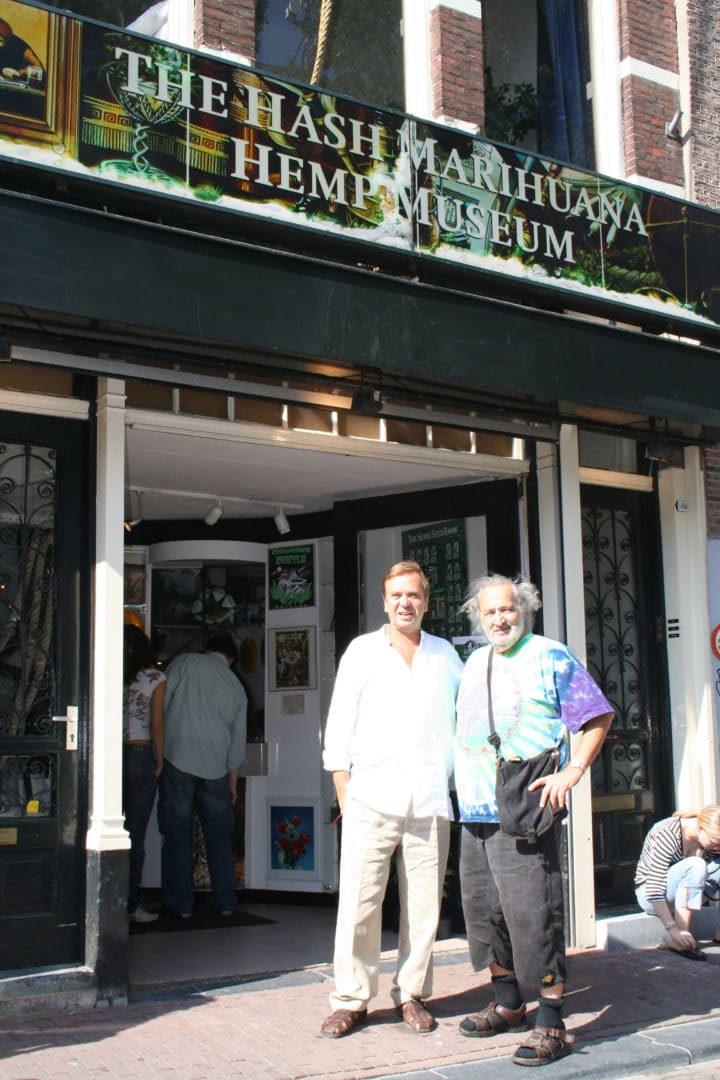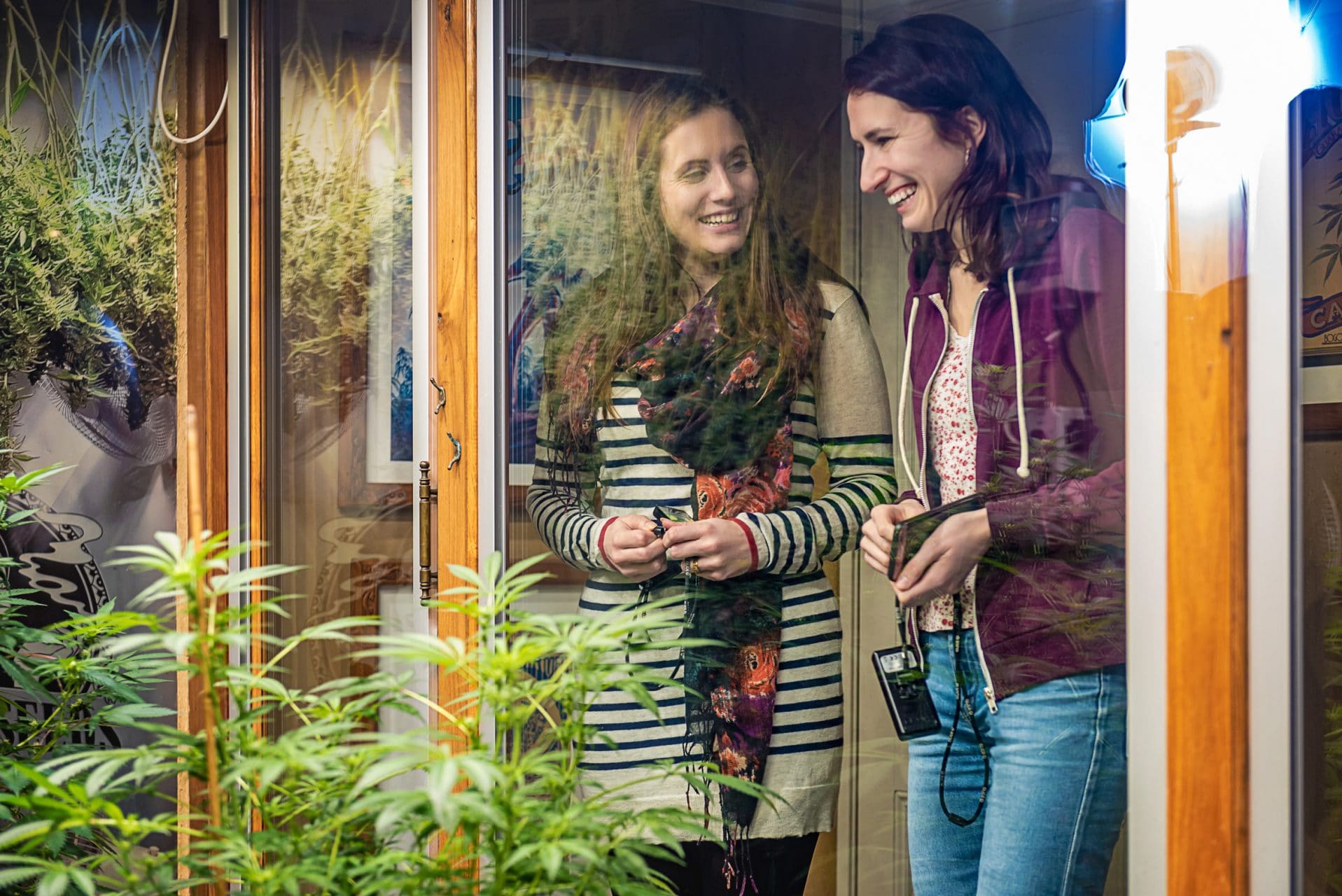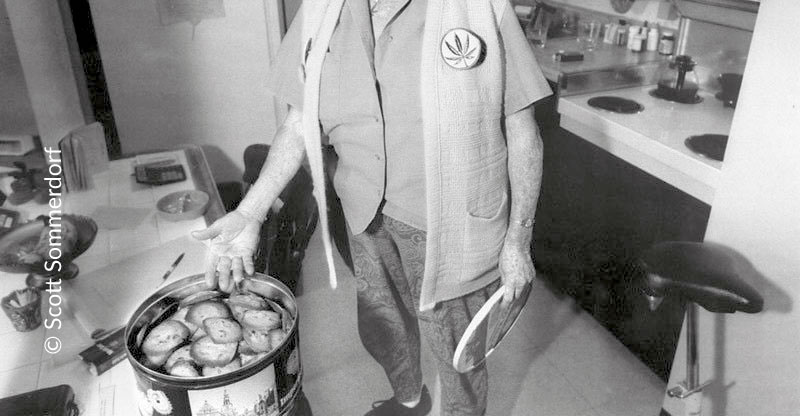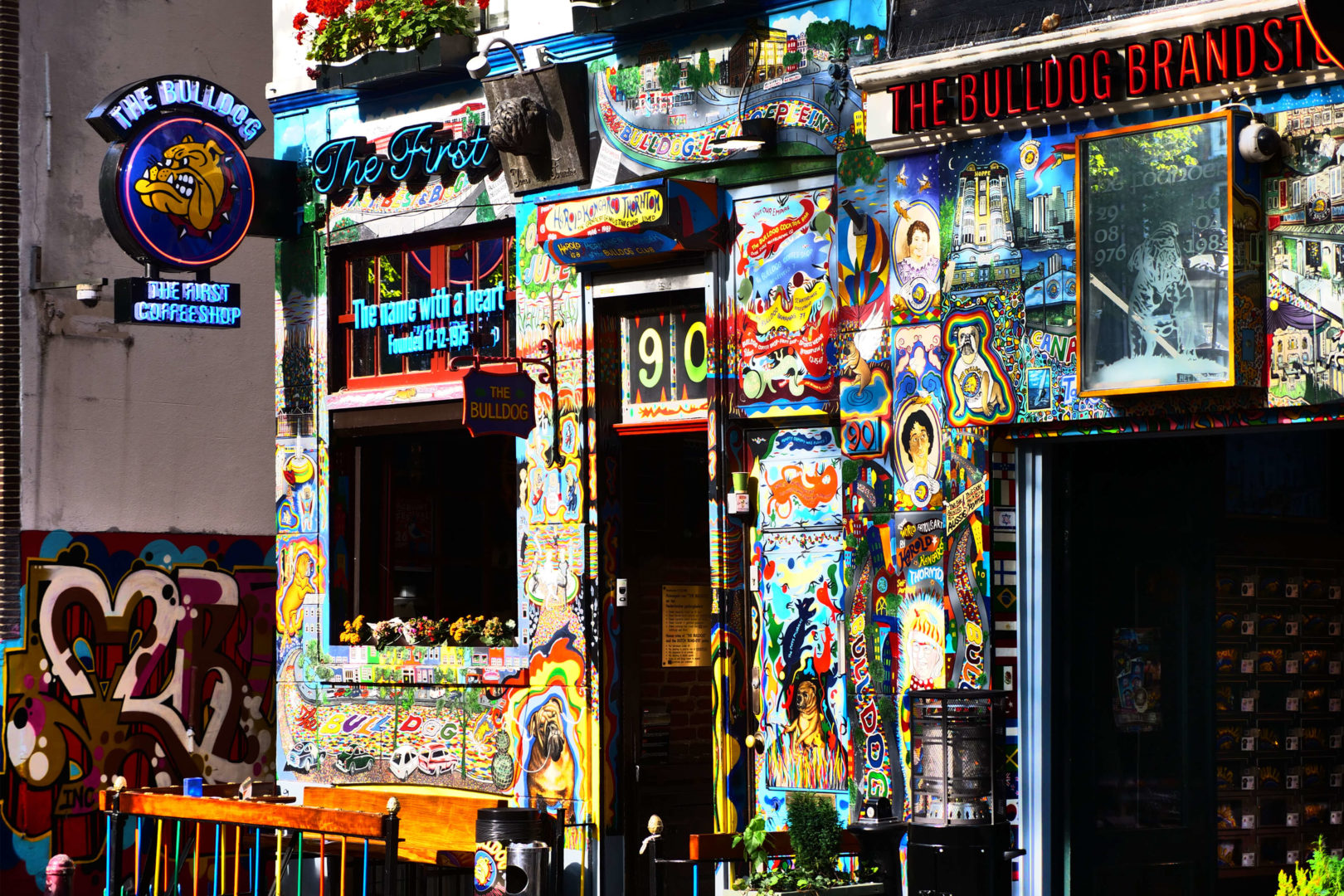
3. Bulldog
The opening day of coffeeshop The Bulldog on Oudezijds Voorburgwal is written in large letters on the façade: December 17th, 1975. Although the very first coffeeshop (Sarasani) was founded in Utrecht in 1968, the Bulldog (named after owner Henk de Vries’ dog Joris) soon followed. De Vries got a taste for the business after selling […]


